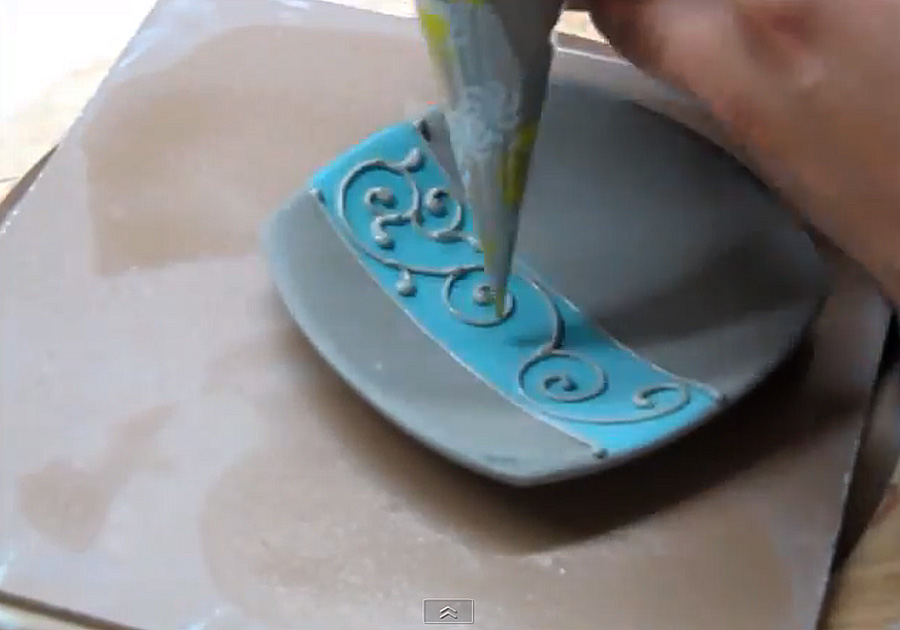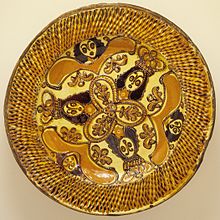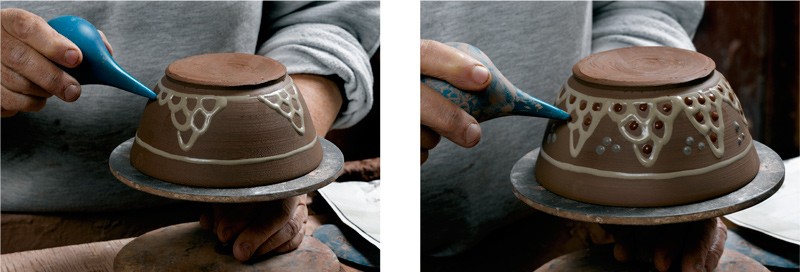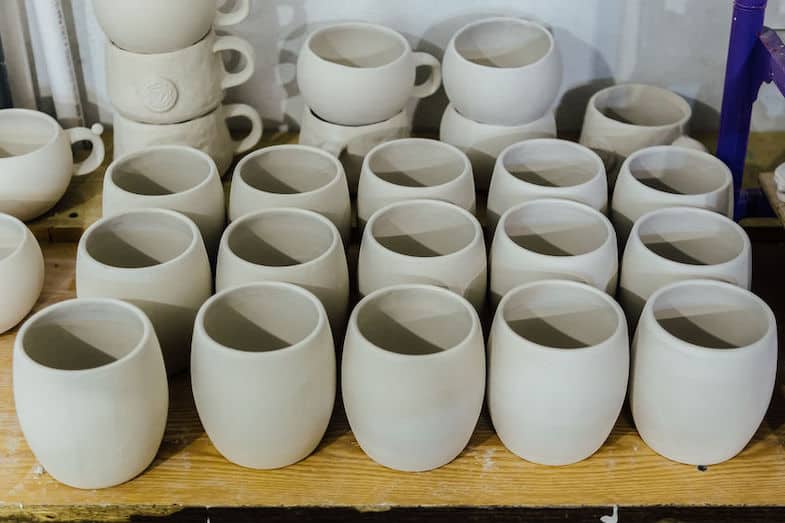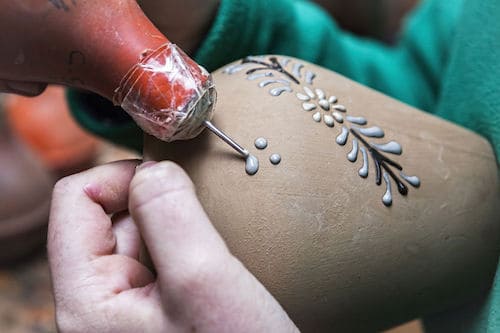Slip Trailing Ceramics Definition
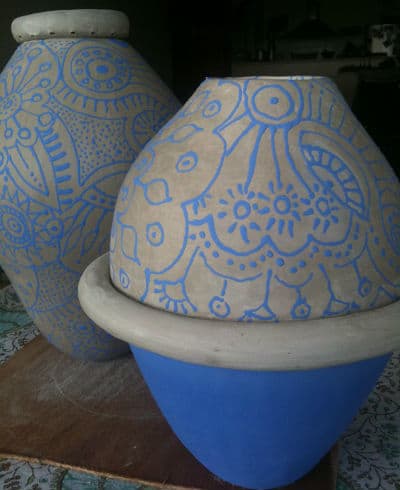
A more liquid slip can be brushed on sprayed on or pieces can be dipped in a container of slip.
Slip trailing ceramics definition. Many potters and handbuilders use slips to add both color and texture to their pots. In pottery the two most important uses of slip are. Slip trailing is the application of slip which is clay mixed with water to a clay surface using a bottle or other flexible vessel with a pointed tip. Use any sharp object including a knife or even a fingernail.
It has many uses in the production of pottery and other ceramic wares. Firstly to form the basic shape by slipcasting with moulds. See more ideas about pottery slips pottery pottery techniques. Practice working with the slip trailing bottle on a leather hard flat piece of clay to get an idea of how it flows.
It can also add contrast to the surface of the clay when different colored slips are used. Aug 14 2020 explore claudia sauder s board pottery slip trailing followed by 488 people on pinterest. Multiple layers of slip can be built up to make intricate designs. Like its cousin glaze trailing slip trailing applies material in lines using a slip trailer or other applicator.
Slip trailing is a great way to use clay slip as a decorative tool. This has been extremely important for several centuries and secondly to protect or decorate the pottery which is. There are many ways to use slip to decorate ceramic pieces. This technique can add texture to the surface of a pot.
Slip is also used to decorate pottery by painting the pottery with the slip and letting it dry creating a two tone look. Slip trailing is a technique where watered down clay or slip is squirted onto more firm clay in decorative lines or shapes. A thicker slip can be trailed onto the object using a condiment bottle or other trailing applicator. It times time to get the feel of squeezing the bottle with the right amount of.
Pottery stores sell special needle tools and scratch wire brushes for scoring. Slip trailing is a very popular surface decorating technique among ceramics artists.










